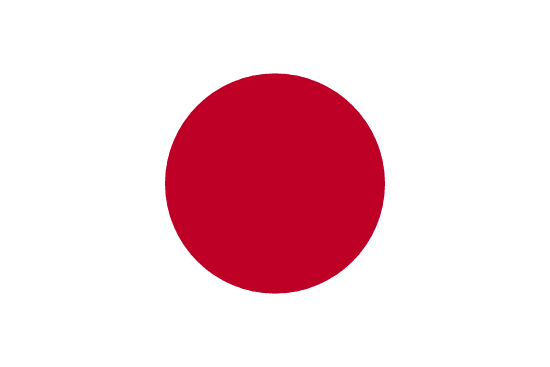"お台場、未来への扉 | Odaiba, the gateway to the future"
About:
Odaiba is a large artificial island in Tokyo Bay, Japan, developed since the late 1850s for defensive purposes. It was initially a series of six island fortresses, but was consolidated into one island by the 1930s. Post-WWII, Odaiba was largely abandoned until the 1990s when it was dramatically redeveloped as a commercial and residential district. Today, it's a popular tourist destination, featuring attractions like the Fuji TV Building, Palette Town, and the Odaiba Seaside Park.
When to visit:
Odaiba, a popular man-made island in Tokyo Bay, Japan, is a delightful destination to visit during the holiday season. The winter months, from November to February, offer a magical atmosphere with stunning holiday illuminations and festive decorations throughout the area. Visitors can enjoy shopping at the numerous malls, dining at the diverse restaurants, and taking in the breathtaking views of Tokyo Bay. The mild winter weather in Odaiba makes it an ideal time to explore the outdoor attractions, such as the Odaiba Seaside Park and the iconic Rainbow Bridge.
When to avoid:
The worst time to travel to Odaiba on a holiday is during the peak summer months of July and August. These months are characterized by high temperatures and humidity, making outdoor activities uncomfortable for many visitors. Additionally, these months coincide with the Japanese summer holidays, resulting in crowded attractions and accommodations. It is advisable to avoid traveling to Odaiba during this period if you prefer a more relaxed and enjoyable experience.
Winter Season (Dec-Feb)
In Odaiba, Tokyo, the coldest and wettest part of the year is typically January to February. Temperatures range from 2°C to 10°C, with occasional snowfall. Rainfall averages around 52.3mm in January. The sunlight is sparse, with an average of 6 hours per day, and cloud cover is high, often resulting in overcast skies. Visitors can expect chilly winds and damp conditions. Despite the cold, the city remains vibrant with indoor attractions like teamLab Borderless and Odaiba Seaside Park offering striking winter views.
"Odaiba Summer (July–September)"
In Odaiba, Tokyo, the warmest part of the year is from late June to late September, known as the summer season. The average high temperatures during this period range from 26°C to 31°C (79°F to 88°F), while the average lows are between 21°C and 25°C (70°F to 77°F).
Rainfall is relatively high in summer, especially in June which is known as the rainy season or Tsuyu. July and August are less rainy, but occasional showers and even thunderstorms can occur. The average monthly rainfall during this period is approximately 130-180mm.
Sunlight is abundant in summer, with an average of 5-6 hours of sunshine per day, but it can be partially obscured by cloudiness especially during the rainy season. The humidity is high, often exceeding 80%, which can make the heat feel more intense and oppressive.
A typical day for a visitor in Odaiba during summer feels warm to hot, and quite humid. Mornings usually start with bright sunshine, with clouds often forming in the afternoon, sometimes leading to rain showers. Despite the high humidity and occasional rain, summer is a vibrant time in Odaiba, with many outdoor events and festivals taking place. It's recommended to wear light, breathable clothing, carry an umbrella or raincoat, and stay hydrated.
Language:
Odaiba, located in Tokyo, Japan, is predominantly Japanese-speaking. As a popular tourist destination, English is also commonly heard, particularly in areas such as shopping centers and attractions. Other languages like Chinese and Korean might be heard due to the high number of tourists from these regions.




